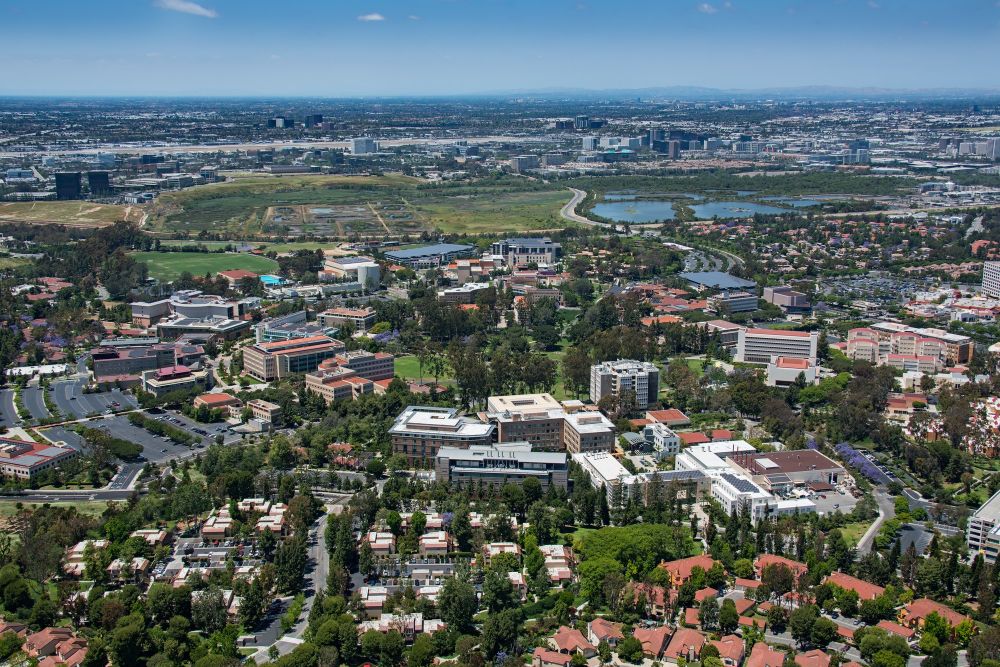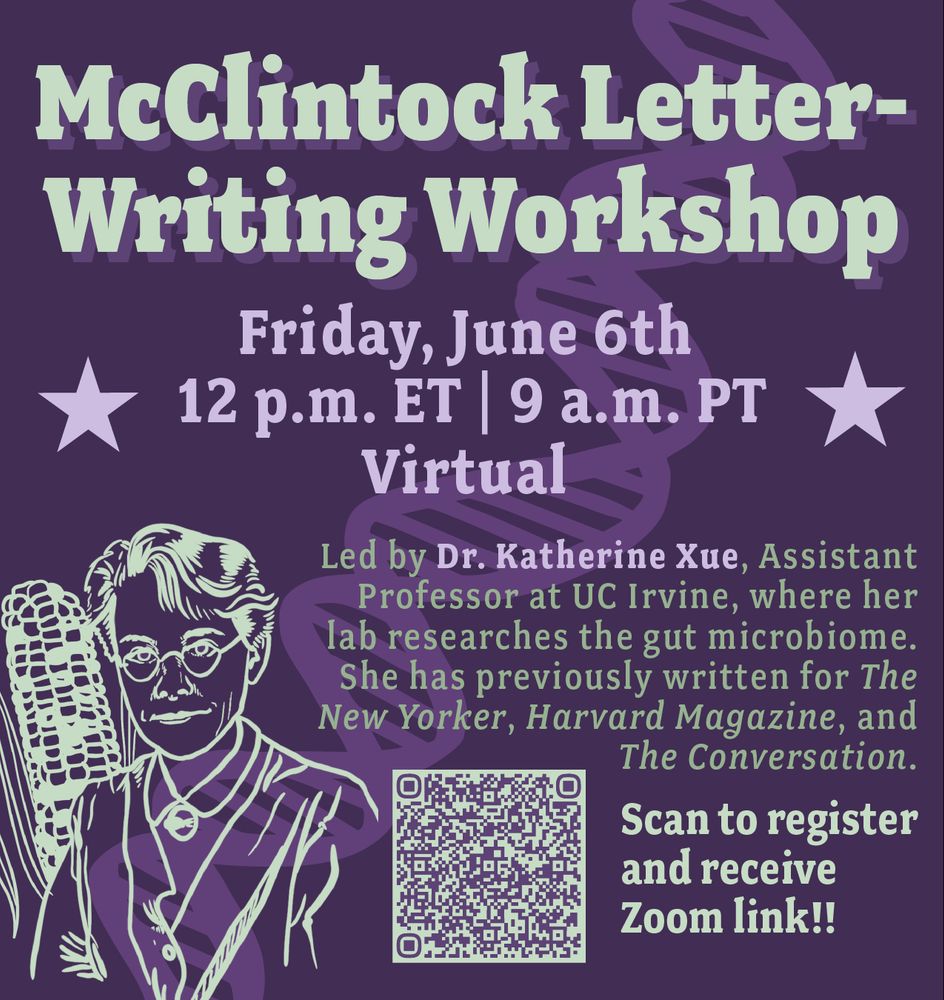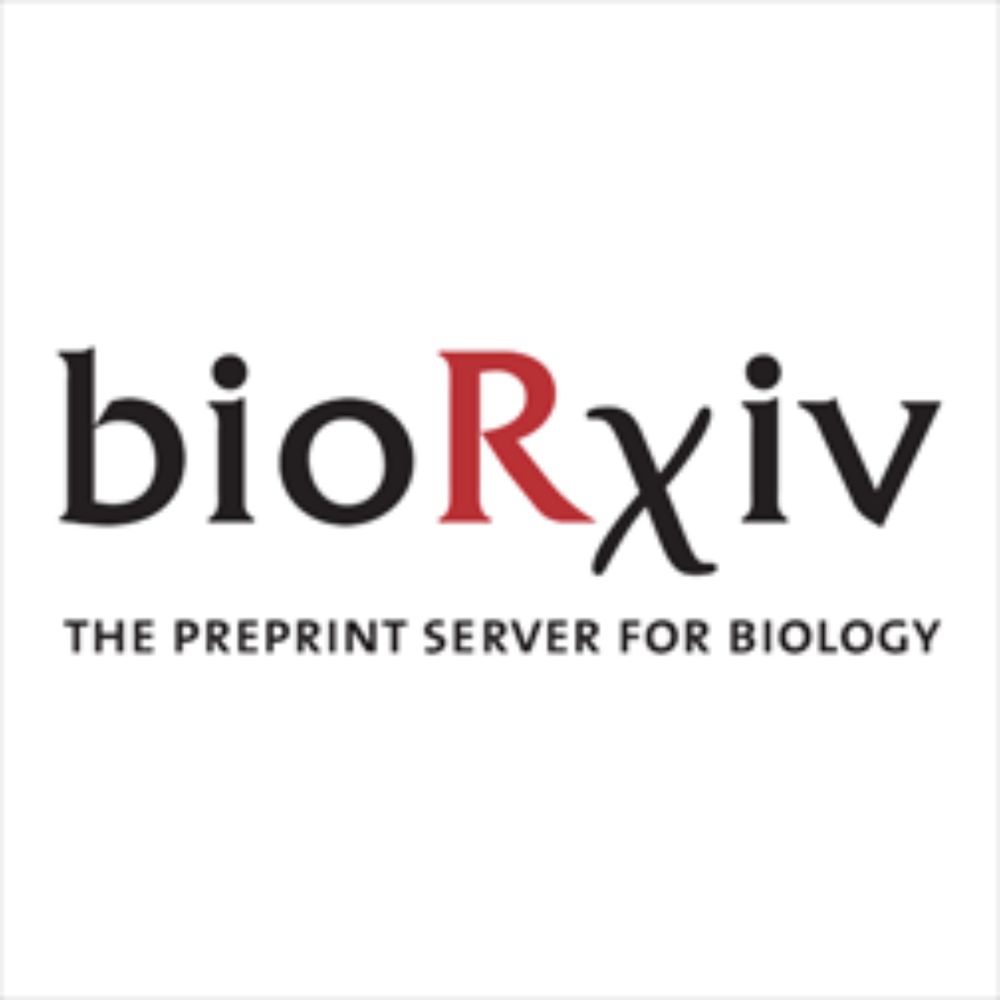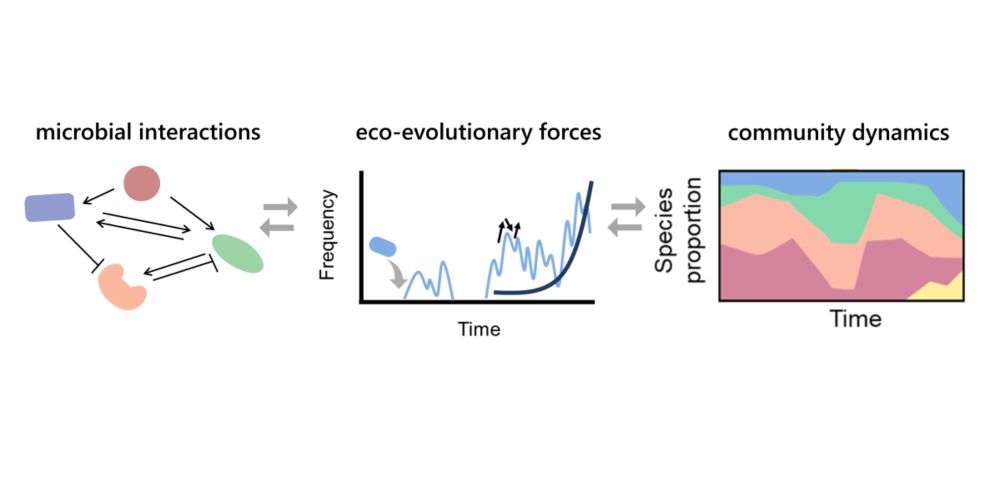
The Xue lab at UC Irvine is looking for a staff scientist to support our work investigating how microbes interact and evolve in the gut microbiome! Open to a wide range of previous experience levels, see ad for more.
recruit.ap.uci.edu/JPF09601
@ksxue.bsky.social
Assistant prof at UC Irvine. Ecology and evolution in microbial communities, and occasional writing. https://kxuelab.com

The Xue lab at UC Irvine is looking for a staff scientist to support our work investigating how microbes interact and evolve in the gut microbiome! Open to a wide range of previous experience levels, see ad for more.
recruit.ap.uci.edu/JPF09601
Reach out to me via DM or email if you would like guidance or feedback!
03.06.2025 14:37 — 👍 3 🔁 2 💬 0 📌 0We will discuss principles of science communication, go over the basic structure of an op-ed, and work through some brainstorming and freewriting exercises to compile a draft.
We will also walk you through the process of contacting your local paper and getting the piece published.

A flyer with the heading McClintock Letter-Writing Workshop. Details are Friday, June 6th, 12pm ET and 9am PT, virtual.
Want to write to your community about the importance of science funding?
Join me on zoom this Friday at 12pm ET / 9am PT to learn to write an op-ed as part of the #McClintockLetters initiative!
Sign up to write a letter and register for the workshop here:
blogs.cornell.edu/asap/events-...
Scientists, reach out to your local communities about the importance of funding science! Write an op-ed to your local newspaper as part of the #McClintockLetters.
Please spread the word and sign up! DM me if you're interested and need help getting started. I'm trained as a writer and happy to help.
What a joy to read this beautifully written commentary on our community coalescence experiments! Thank you Alyssa Mitchell and @contaminatedsci.bsky.social for the insightful take and lovely graphical summary.
08.04.2025 15:49 — 👍 11 🔁 1 💬 0 📌 0Check out @maikemorrison.bsky.social's thread and R package for more! Maike is a wonderful collaborator and a gifted and enthusiastic communicator of math and statistics and has developed a method that I think will be very useful for the community.
15.03.2025 17:58 — 👍 0 🔁 0 💬 0 📌 0Traditional metrics like Jaccard distance or Jensen-Shannon divergence quantify the distance between pairs of samples, but FAVA lets you compare multiple samples at once. FAVA also has convenient mathematical properties that allow comparisons between multiple datasets.
15.03.2025 17:58 — 👍 1 🔁 0 💬 1 📌 0Microbial ecologists, do you ever want to quantify the stability of a community over time, or the amount of spatial heterogeneity across sites?
Check out FAVA, developed by @maikemorrison.bsky.social. With FAVA, you can quantify compositional variability across many microbiome samples.
And thanks to our mentors KC Huang, David Relman, @benjaminhgood.bsky.social, and @petrovadmitri.bsky.social for their insights and support!
11.03.2025 16:06 — 👍 3 🔁 0 💬 0 📌 0Congratulations to @goldmandoran.bsky.social, whose creativity and insight turned a simple experiment into a beautiful and complex story - working with you has been one of the best parts of my postdoc.
11.03.2025 16:06 — 👍 4 🔁 0 💬 1 📌 0What happens if you introduce 🦠vs 🦠🦠🦠 into a microbial community? Are larger microbial populations more likely to establish?
Check out new work led by @goldmandoran.bsky.social that used experiments and theory to dive deep into this simple question. ⬇️
www.pnas.org/doi/10.1073/...
I'm grateful to my mentors @jbloomlab.bsky.social, @petrovadmitri.bsky.social, @benjaminhgood.bsky.social, David Relman, and KC Huang for their support, and I'm absolutely thrilled to be joining the incredible community of microbial ecologists and evolutionary biologists at UCI! n/n
19.11.2024 18:36 — 👍 6 🔁 1 💬 1 📌 0
I'm also passionate about science writing and wrote about viral evolution, scientific uncertainty, and immune memory during the COVID pandemic: katherinesxue.com/writing/ 8/n
19.11.2024 18:36 — 👍 5 🔁 0 💬 1 📌 0
Recent work on SARS-CoV-2 has provided more evidence that new diverged, viral lineages can emerge from long-term infections in immunocompromised patients. Check out our flu work here: elifesciences.org/articles/26875 7/n
19.11.2024 18:36 — 👍 7 🔁 1 💬 1 📌 0
The title of the image reads "Influenza viruses evolve similar antigenic mutations in chronic infections and on a global scale." On the top row is a silhouette of a person's torso, with the respiratory tract highlighted, alongside a timeline labeled 2-3 months with several groups of viruses shown at different points in time, with changing colors to indicate the emergence of mutations. On the bottom is an icon of a globe, alongside a plot showing years on the x-axis and mutation frequency on the y-axis. The patient infections are labeled towards the left of the plot, before we see two lines increasing in mutation frequency. The colors are the same as the mutations in the viral populations at the top of the image, showing that the mutations within the patient are the same as those that arise in the global viral population.
Also, as a graduate student, I studied how influenza viruses evolve during chronic infections in immunocompromised patients. We found that a small set of antigenic mutations became dominant in multiple patients in our study and also spread in the global influenza population in later years. 6/n
19.11.2024 18:36 — 👍 2 🔁 0 💬 1 📌 0
The image is titled "Introduced species show stronger, longer-lasting dose dependence when they have high niche overlap with resident species." Below the title are two rows of images. A flask labeled "low community diversity" sits beside a Venn diagram with two slightly overlapping circles, titled "low niche overlap," and a plot titled "weak dose dependence" that shows inoculation dose on the x-axis and relative abundance on the y-axis, along with two flat lines. On the second row, a flask titled "high community diversity" sits beside a Venn diagram with two circles that overlap almost completely, titled "high niche overlap," and a plot titled "strong dose dependence" that shows inoculation dose on the x-axis and relative abundance on the y-axis, along with two lines sloping in different directions.
Using follow-up experiments and consumer-resource models, we showed that introduced species show stronger dose dependence when they have high niche overlap with resident species. More here: www.biorxiv.org/content/10.1... 5/n
19.11.2024 18:36 — 👍 2 🔁 1 💬 1 📌 0I also worked with the amazing @goldmandoran.bsky.social to study how the outcomes of species introductions are influenced by the number of introduced microbes. In mixtures of in vitro gut communities, species showed behaviors ranging from dose independence to strong dose dependence! 4/n
19.11.2024 18:36 — 👍 0 🔁 0 💬 1 📌 0
New strains and species also show abrupt, clustered, historically contingent colonization dynamics, suggesting that generalized priority effects slow the pace of microbiome recovery after major perturbations. Read more here: www.biorxiv.org/content/10.1... 3/n
19.11.2024 18:36 — 👍 4 🔁 0 💬 1 📌 0
A plot shows community diversity in the gut microbiome declining after antibiotics and only recovering after months or years.The text says "Even after antibiotics cause extensive species losses in the gut microbiome, new strains still take months or years to colonize."
As a postdoc, I've tracked how new microbes establish in the gut microbiome after a controlled antibiotic perturbation. We expected an influx of new microbes after antibiotics, but new microbes often took months to establish, even after major perturbations that caused widespread species losses! 2/n
19.11.2024 18:36 — 👍 4 🔁 1 💬 1 📌 0
Hi friends new and old! I study how microbes interact and evolve in complex communities like the human gut microbiome.🦠🧬💩 I'm thrilled to share that I'm starting a lab at UC Irvine in April 2025 and am recruiting at all levels - please spread the word! kxuelab.com More about my work below...🧵1/n
19.11.2024 18:36 — 👍 390 🔁 115 💬 24 📌 10